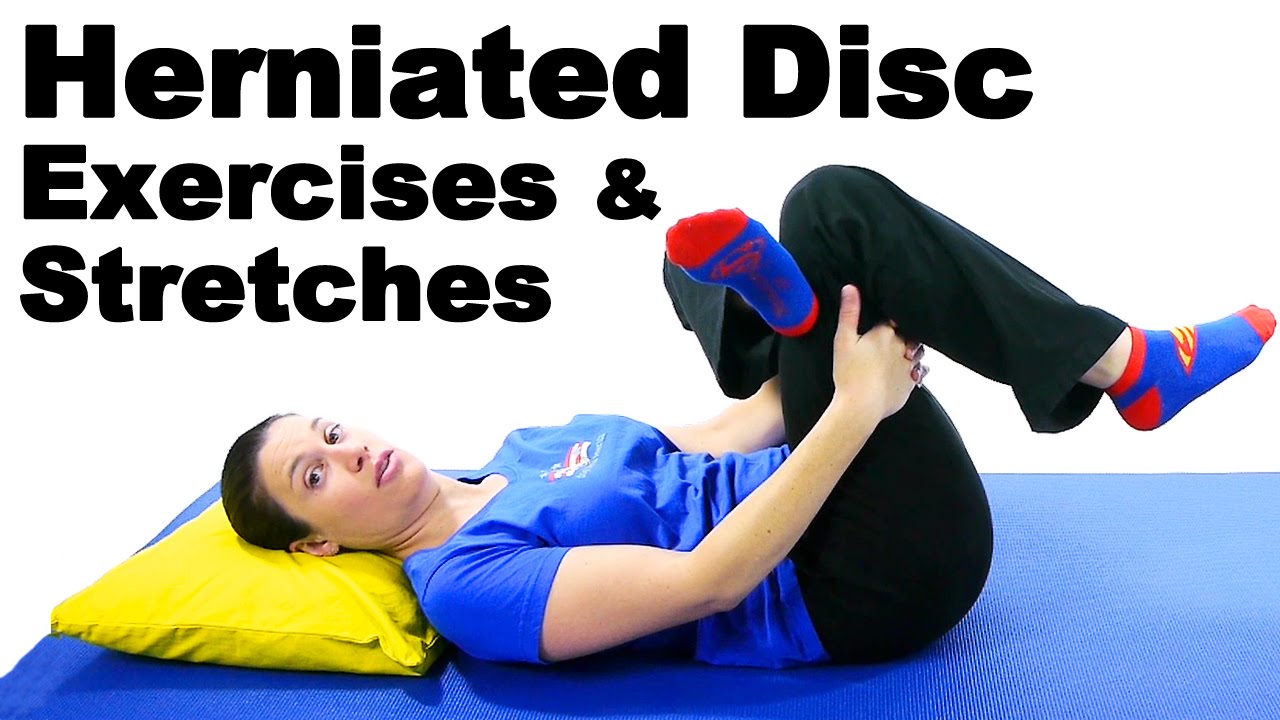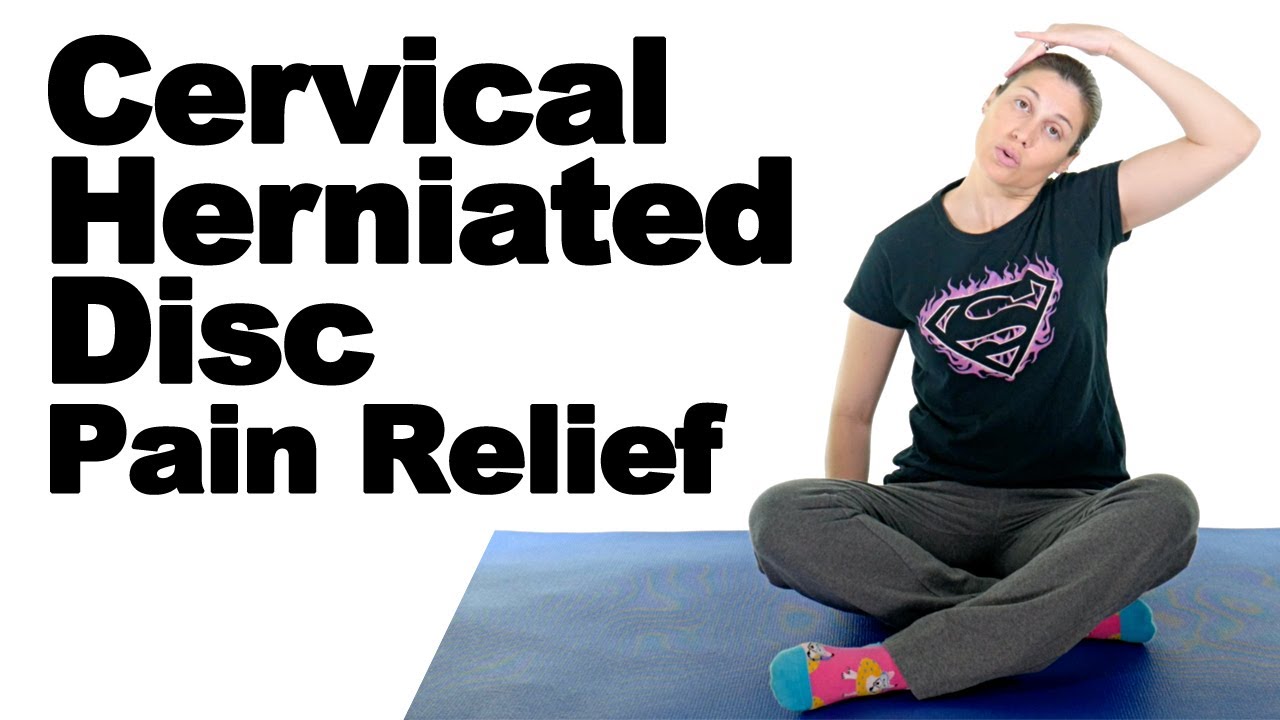Herniated Disc Treatments

Herniated Disc treatment is a popular procedure that relieves pain and other symptoms associated with herniated discs. Although the main goal of treatment is to eliminate pain, non-surgical treatments can also improve a patient's symptoms. The goal of the procedure is to reduce pressure on the nerve. In most cases, patients experience a noticeable improvement in their symptoms within a few days, although some may experience a few weeks of numbness or tingling after surgery.
Conservative herniated disc treatment is the first step in treating the condition. It involves conservative measures that may be able to ease the pain and discomfort. Some people may require a minimally invasive procedure to restore function. A surgical procedure is only necessary in severe cases if the pain has persisted or the patient's nerve has been damaged severely. In severe cases, surgery is the only option, but it will damage the nerve permanently if not performed immediately.
Depending on the severity of the herniated disc, conservative measures may be enough to alleviate the pain and discomfort. If conservative measures are ineffective, herniated disc treatments may involve surgery or a combination of conservative and surgical procedures. A conservative treatment may include a nonsurgical approach. If conservative measures are not effective, doctors may suggest a minimally invasive procedure that will restore function. Herniated disc treatments can help reduce pain and help a patient return to normal activity.
Herniated disc surgery is a safe procedure. Risks are minimal and can be avoided through conservative care. If conservative treatments do not work, minimally invasive procedures can be used. In severe cases, surgical intervention may be necessary. During a surgical procedure, the nerve will be repaired, but the pain will remain. If the surgery is not successful, the patient may have to endure a second herniation or undergo further pain management.
The most common treatment for a herniated disc is surgery. Although the risk of the procedure is low, patients should be aware of the risks. The risks of surgery include nerve damage and infection. Although surgery to remove a herniated disc is a viable treatment option, many people may experience discomfort from the procedure. Site ระบบต่อมไร้ท่อ.com

reminds you that a physical therapist can prescribe medication to help relieve pain and reduce the risk of relapse.
First, the doctor will examine the affected area to determine if a herniated disc is causing the pain. Your doctor will also review your symptoms to determine if it is a herniated disc. The doctor will assess the location and severity of the pain. For the first few days, ice will help reduce swelling. In the following days, ice is used to relieve pressure on the nerve. Exercises to strengthen the muscles of the back and abdomen are recommended after a doctor's prescription.
Surgical treatment of an intervertebral hernia is not a surgical intervention. Despite its effectiveness, the operation to remove a herniated disc is associated with risks. While patients who have undergone fusion will be at higher risk than those who have undergone cervical or lumbar spine surgery. The doctor will advise patients on a conservative course of treatment to relieve symptoms. Some patients may not need surgery at all. The main goal of treating a herniated disc is to help the patient return to a normal life.
Surgical procedures for herniated discs are the most common treatment for herniated discs. In these procedures, the disk is removed. The procedure can be performed as an anterior or posterior discectomy. Spinal fusion may also be performed if a herniated disc cannot be repaired. The recovery period can vary from four to six weeks. If you do not receive adequate treatment for a herniated disc, symptoms may recur.
Surgical treatment of herniated discs depends on the severity of the symptoms. The condition can be treated with medication, physical therapy, or a combination of both. Various types of medications are available to reduce pain and swelling. These drugs are available in various strengths. You can find the best treatment for a herniated disc through trial and error. But, if you choose surgical treatment, be sure to follow the doctor's advice.